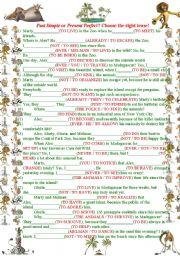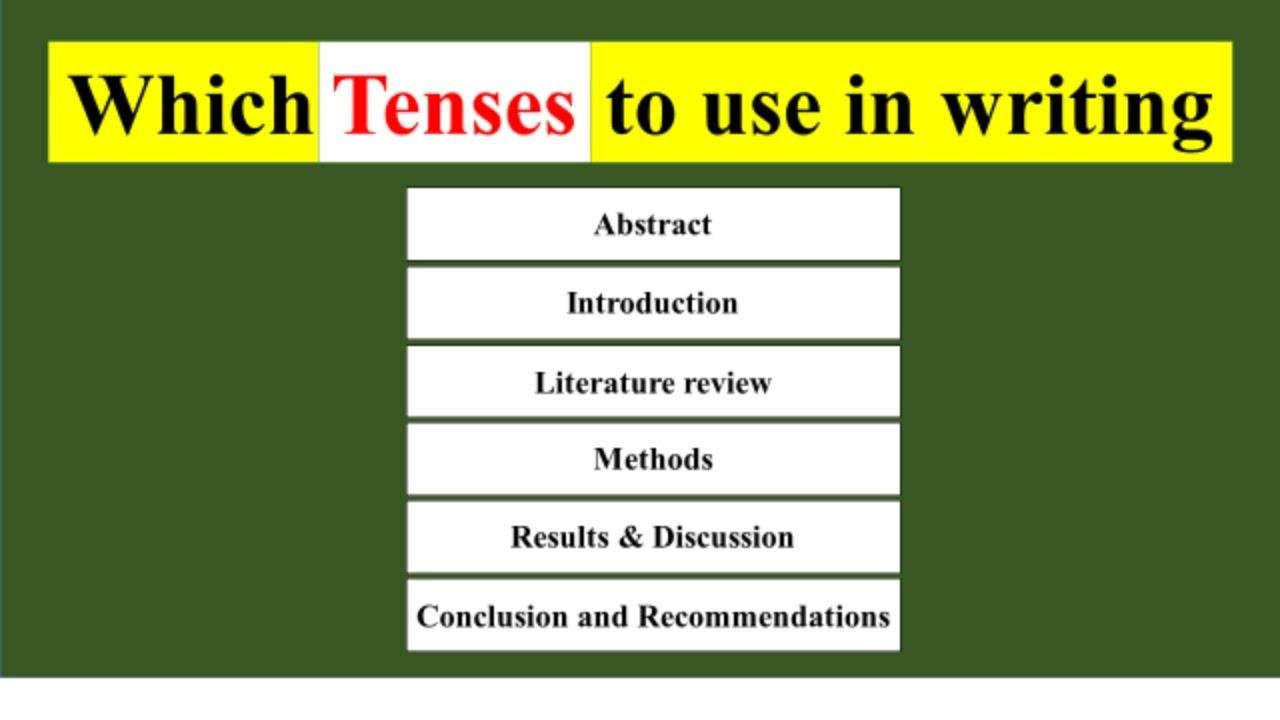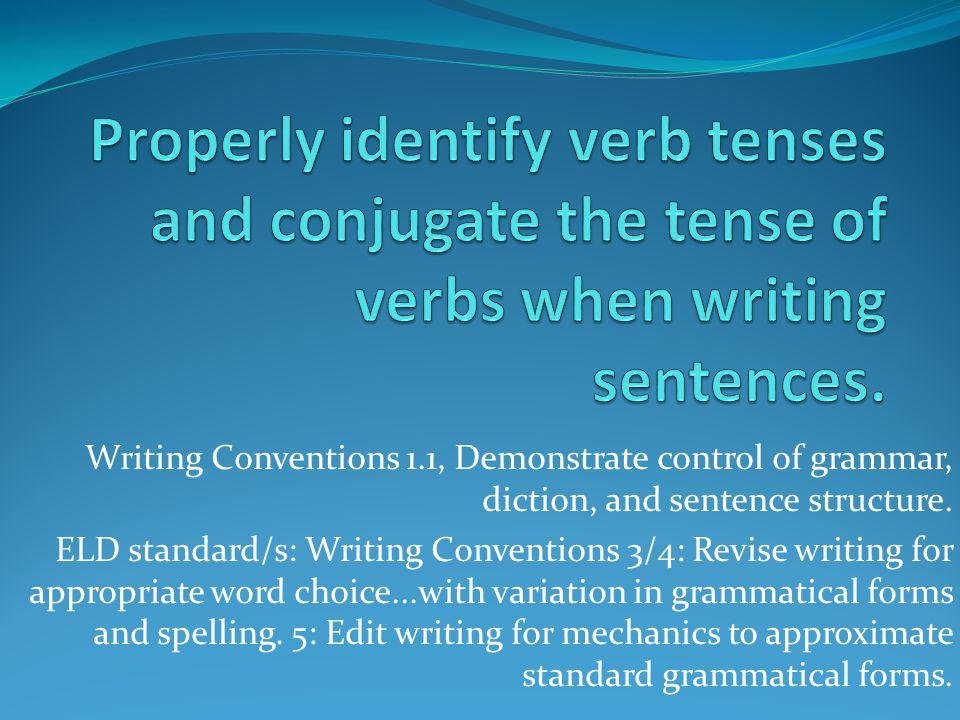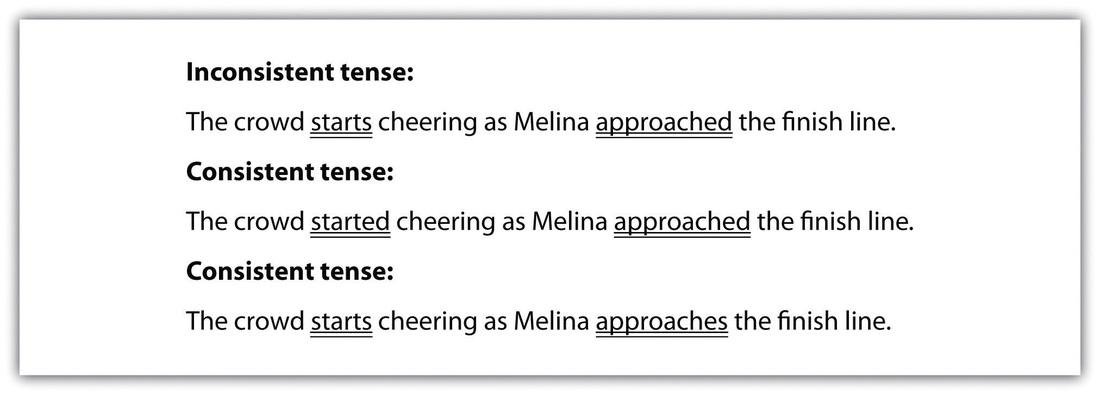research report has to be written in which tense

When delving into the world of research reports, the choice of tense may seem like a trivial detail, yet it is a fundamental aspect of academic writing that can significantly influence clarity and comprehension. The way researchers present their findings—whether in the past, present, or future tense—can shape a reader’s understanding of the study’s context, implications, and ongoing relevance. In this article, we will explore the conventions surrounding tense usage in research reports, unraveling the nuances that dictate these choices across different sections of a report. By examining the rationale behind each tense, we aim to equip you with the knowledge needed to enhance the precision and impact of your writing, ensuring that your research communicates its findings effectively to a global audience. Whether you are a seasoned academic or a budding researcher, understanding these conventions is key to crafting compelling and authoritative reports.
Choosing the Right Tense for Clarity and Precision
Choosing the correct tense in a research report not only enhances clarity but also ensures precision in conveying your findings. The most common tenses used are the present tense for established knowledge, the past tense for describing completed research or findings, and the future tense for discussing implications of your results. Each tense serves a distinct purpose:
- Present Tense: Utilized to discuss general truths and established knowledge within your field.
- Past Tense: Ideal for outlining methodologies and results from previous experiments.
- Future Tense: Used for suggesting future research directions or potential applications of your findings.
To give a more structured view, here’s a simple table summarizing the appropriate tense usage based on the section of your research:
| Section | Tense | Purpose |
|---|---|---|
| Introduction | Present | Establishes existing knowledge |
| Methodology | Past | Describes completed research |
| Findings | Past | Reports results |
| Discussion | Present/Future | Analyzes implications and future work |

The Role of Tense in Communicating Research Findings
Understanding the nuances of tense can significantly enhance the clarity and impact of research findings. In general, the past tense is most commonly used when describing completed research activities or methodologies. This keeps the reader informed about what has already been accomplished. For example, researchers often write, “The data were collected from participants,” to indicate that the action is complete. Conversely, the present tense is typically employed when discussing accepted knowledge or ongoing implications of the research. Phrases such as “These findings indicate” or ”The results suggest” help convey that the research continues to hold relevance in the current context.
Additionally, the future tense may be utilized when proposing further research or implying future implications based on the study’s findings. It allows researchers to outline potential new avenues of investigation or forecast possible outcomes. Consider the following table summarizing the appropriate tenses for different components of a research report:
| Component | Recommended Tense |
|---|---|
| Research Methodology | Past Tense |
| Research Findings | Present Tense |
| Future Proposals | Future Tense |
By adhering to these guidelines, researchers can more effectively communicate their findings, ensuring that their work is interpreted accurately and its significance is properly conveyed. Ultimately, the appropriate use of tense serves as a powerful tool in engaging the audience and fostering a deeper understanding of the research conducted.

Navigating Tense Conventions in Different Sections of a Report
When crafting a research report, the choice of tense can significantly influence the clarity and impact of your findings. Generally, the introduction and literature review sections are typically written in the present tense. This helps to present information that remains relevant and current. For example, when discussing established theories or ongoing debates, using present tense allows you to convey that these discussions are active and significant. In contrast, the methodology and results sections usually adopt the past tense. This establishes a clear distinction between what has been conducted in your research and what is being discussed currently.
Moreover, the discussion section often navigates between tenses, incorporating both the present tense—to relate findings to current knowledge—and the conditional tense—to speculate on implications or future research directions. Here’s a quick overview of tense application across different sections:
| Section | Tense Used |
|---|---|
| Introduction | Present |
| Literature Review | Present |
| Methodology | Past |
| Results | Past |
| Discussion | Varies (Present & Conditional) |
Understanding these conventions can enhance both the flow and readability of your report, ensuring that your audience grasps the nuances of your research narrative. By consistently applying the appropriate tense in each section, you create a cohesive and engaging document that effectively communicates your scientific inquiry.

Practical Tips for Maintaining Consistency in Tense Usage
Maintaining consistency in tense usage is crucial for clarity and coherence in your research report. To ensure that you use tense effectively throughout your document, you might find the following tips helpful:
- Outline Your Structure: Before writing, create an outline that indicates which sections will use which tenses. For instance, the introduction may predominantly use past tense to review prior studies, while the conclusion might transition to present tense to convey ongoing relevance.
- Utilize Tense Reference Points: Clearly define key moments in your research. Use present tense for established facts and past tense for specific studies or data collection; this delineation helps readers follow your argument with ease.
Another effective way to maintain tense consistency is by keeping a tense guide handy. This guide can serve as a quick reference while you write, ensuring you stick closely to the chosen tenses for each section. Helpful resources may include:
| Section | Suggested Tense |
|---|---|
| Abstract | Present Tense |
| Introduction | Past Tense |
| Methodology | Past Tense |
| Results | Present Tense |
| Discussion | Present Tense |
Concluding Remarks
the question of tense in a research report may seem straightforward at first glance, yet it holds the key to effectively communicating your findings. By adopting the appropriate tense, you not only enhance the clarity of your work but also guide your readers through the intricate journey of your research. Whether you choose present tense to bring your analysis to life, past tense to recount the steps taken, or future tense to suggest implications and further studies, each plays a critical role in the narrative of academic inquiry. Ultimately, the choice of tense is more than a stylistic decision—it is an essential component of constructing a coherent and authoritative report. As you embark on your writing journey, remember that the right tense can transform complex ideas into accessible knowledge, ensuring your research resonates with audiences today and echoes in future discussions.




